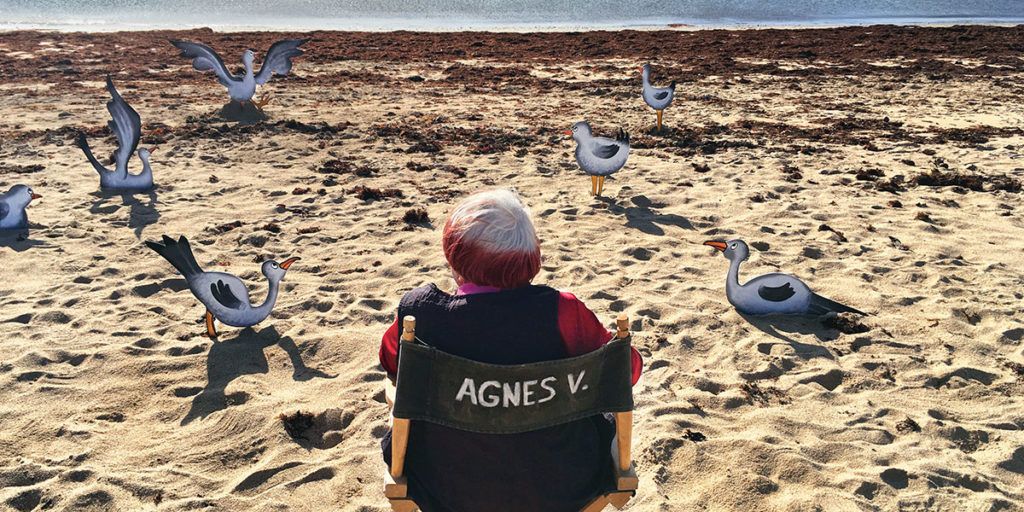Varda par Agnès

Varda par Agnès directed by Agnès Varda
There’s no simple summation of Agnès Varda’s life and filmography. Her first film, LA POINTE COURTE, was the kernel that sprouted the entire French New Wave movement. She bestowed rare depth and humanity to her female subjects and brought a uniquely feminine voice to a medium that to this day feels like the sole domain of men.
Tender, almost delicate, VARDA PAR AGNÈS journeys through Varda’s towering artistic vision. With her compassionate photographer’s eye, she merges documentary realism with fiction, finds the sacred in the banal, and focuses a deeply empathetic lens upon society’s most marginalized. She states: “There are three words that are important to me: inspiration, creation, and sharing.”
When alone, Varda ruminates, she experiences everything “double”; although she’s instinctively drawn to people, her most unvarnished observations are made in solitude. Emotional states often exist at odds with the environments in her work. Somehow, we are as captivated by Varda’s account of directing VAGABOND’S seventeen-year old actress as with her photographic installations of sprouting, desiccated tubers. She notices objects that the rest of us overlook, and stops to examine them, love them, and find new uses for them.
An entire generation of female filmmakers cite Varda as their gateway into experiencing cinema as the observer rather than the object observed. In the film’s follow-up Q&A, director Lulu Wang (THE FAREWELL) stated that Hollywood has the expectation that directors “go bigger” after each successive film. She’s been asked: is Marvel knocking on your door yet?
It’s difficult to go against the grain of an entire industry, but it’s harder still to ignore the immutable truths found in Varda’s work. Film-making by committee and guided by boardroom notes has an emotional limit. The screen may tell us to feel something at a specific moment, but if we can’t sense raw authenticity informing it, then we’re left unfulfilled. What’s the use of a modern day monomyth if the ethos of our heroes doesn’t ring true? What good are defenders of the marginalized who instead act as purveyors of a homogenous cultural norm?
It feels almost sacrilegious to envision Varda working within the confines of today’s studio system, but at the same time, imagine the loving gaze of her camera. Imagine her observation of such heroes in the endearing mundanity of their daily lives. Instead of cosmic-level stakes, we’d know them in their most quiet, vulnerable moments. We live in a world in desperate need of empathy; a retrospective of Varda’s artistic legacy has never felt more timely.